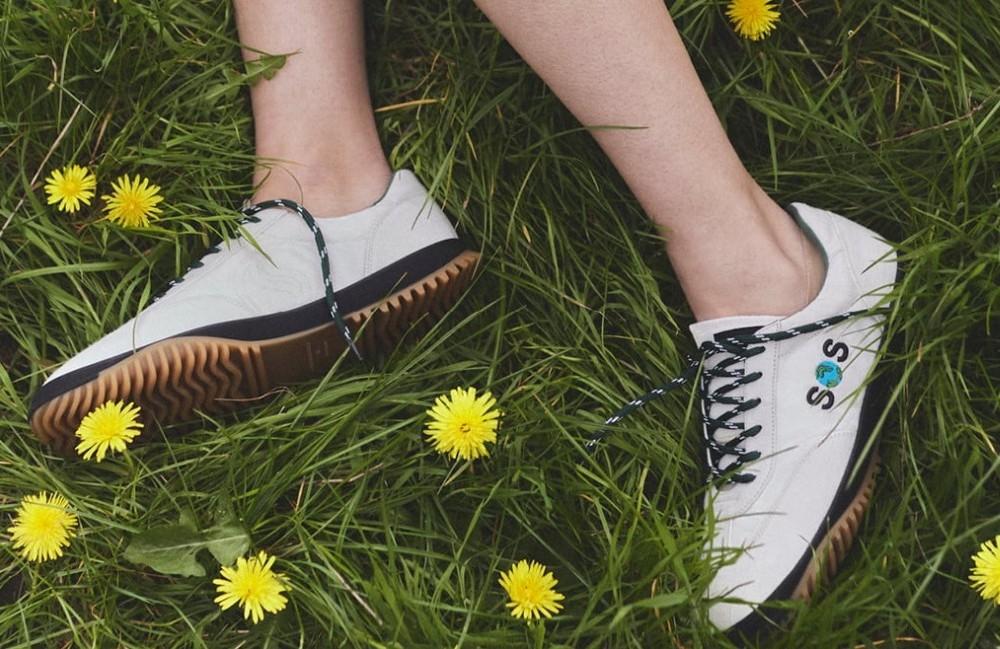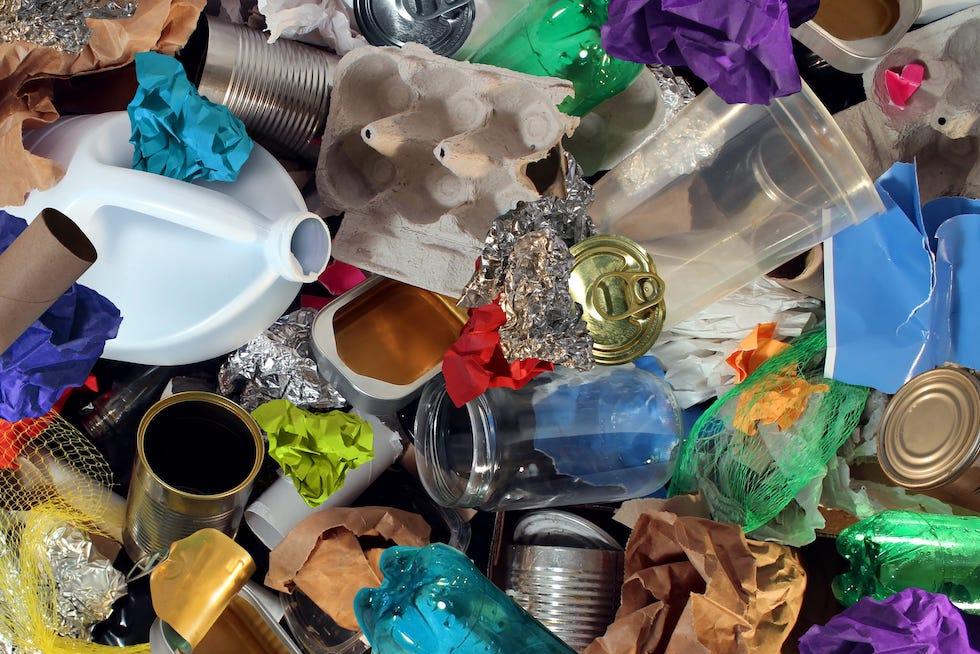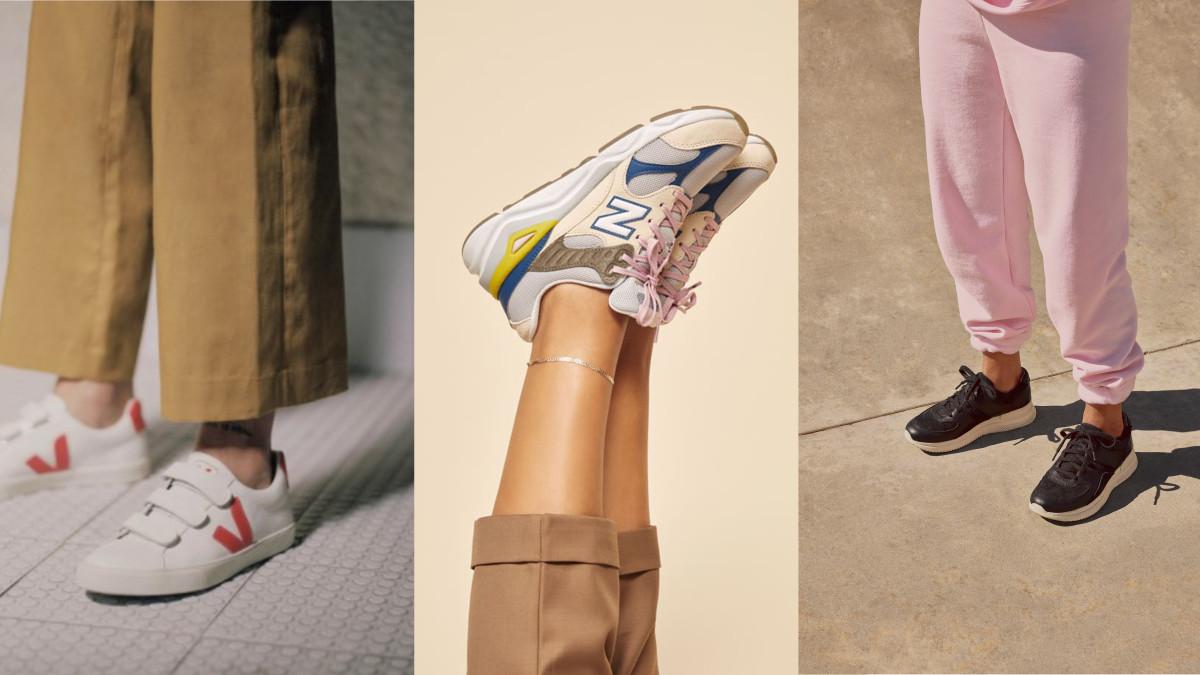In a world where fashion and environmental consciousness increasingly intersect, the sneaker industry finds itself at a pivotal crossroads.As consumers become more discerning about the environmental impact of their purchases, the demand for lasting footwear has surged, igniting a revolutionary shift in how sneakers are designed, produced, and marketed. Enter the realm of sustainable sneakers—footwear crafted from recycled materials that not only prioritizes our planet but also aspires to keep pace with the ever-evolving landscape of style and innovation. this article delves into the fascinating journey of how recycled materials are being integrated into sneaker production, examining weather they can rise to meet the standards of contemporary fashion trends while providing a viable alternative to conventional materials. Join us as we explore the balance between eco-pleasant choices and cutting-edge design in a quest for sustainability without compromise.
Exploring the Eco-Friendly Material Revolution in Footwear
As the world becomes increasingly aware of the environmental impact of consumer goods, the footwear industry is stepping up to the plate with a surge in eco-friendly innovations. Today’s sustainable sneakers are crafted from recycled materials that not only reduce waste but also provide a trendy alternative to conventional designs.Brands are utilizing resources such as plastic bottles, discarded fishing nets, and even organic cotton, transforming them into stylish footwear. This fusion of sustainability and fashion has led to the creation of shoes that not only look good but also tell a compelling story of environmental duty.
Moreover, the benefits of these sustainable materials extend beyond aesthetics. Sneakers made from recycled components often feature advanced technologies that enhance comfort and performance. Some of the appealing characteristics include:
- Durability: Reinforced materials offer long-lasting wear.
- Comfort: Enhanced cushioning and breathability from innovative designs.
- Aesthetic Variety: A range of colors and styles to suit diverse tastes.
As consumers increasingly prioritize not just what they wear but the ethical implications of their choices, the eco-friendly material revolution in footwear signifies a pivotal shift.The challenge ahead is to ensure that these sustainable options not only appeal to the conscious consumer but also remain at the forefront of the latest fashion trends.

Balancing Style and Sustainability: Key Innovations in Sneaker Design
As the demand for eco-friendly footwear surges, sneaker brands are increasingly integrating innovative materials that balance both sustainability and style. Modern designs are embracing recycled plastics, organic cotton, and bio-based materials not only to reduce environmental impact but also to create unique aesthetic appeal. These materials offer a fresh perspective on conventional sneaker silhouettes, allowing designers to experiment with textures, colors, and patterns that resonate with the fashion-conscious consumer.
The latest advancements stretch beyond merely using recycled materials; they also include pioneering manufacturing techniques that minimize waste during production. Brands are utilizing digital printing,which reduces the need for water and dye,and 3D knitting,enabling bespoke fit without going overboard on resources.Additionally, the transparent supply chain has become a pivotal factor for conscious buyers. Leading companies are now sharing details about their eco-friendly practices, ensuring that consumers make informed choices. these elements together create a stylish footprint that appeals to both sensibility and trendy aesthetics.

evaluating Performance: Are Recycled Materials Up to the Challenge?
as the demand for sustainable fashion grows, evaluating the performance of recycled materials in sneaker production becomes crucial. Brands are increasingly using materials like recycled PET bottles, reclaimed ocean plastics, and repurposed textiles to craft stylish yet eco-friendly footwear. These materials not only reduce waste but also have shown promising results in terms of durability and comfort. Recent studies indicate that sneakers made with recycled materials can achieve performance metrics comparable to those made with traditional materials, providing athletes and casual wearers alike with both sustainability and reliability.
The performance of recycled materials can be assessed thru several key factors, including breathability, adaptability, and shock absorption. To better understand how these materials stack up against conventional options, consider the following:
| Performance Metric | Recycled Materials | Conventional materials |
|---|---|---|
| Breathability | Good | Excellent |
| Flexibility | Very Good | Good |
| Shock absorption | Comparative | High |
while challenges remain in matching every aspect of performance, the improvements seen in recycled materials show promise. As technology advances, there is potential for these materials not only to rise to the challenge but to redefine standards in the footwear industry. Ultimately, by pushing the boundaries of innovation, brands can offer consumers a fusion of cutting-edge style and responsible manufacturing, paving the way for a more sustainable future.

Future Trends: What’s next for Sustainable Sneakers in the Fashion Landscape
As the fashion industry makes strides toward sustainability,the future of sneakers is poised for a transformation that encompasses both eco-friendliness and cutting-edge design. Brands are focusing on innovative methods to integrate recycled materials without compromising style. This results in a range of products that not only appeal to eco-conscious consumers but also tap into the latest fashion trends. anticipated developments in these sneakers include:
- Bio-based materials that can functionally replace traditional synthetics.
- Smart technologies incorporating IoT, enhancing user interaction while being eco-friendly.
- Modular designs allowing consumers to customize and repair, promoting a circular economy.
The rising trend of clarity in manufacturing processes is revolutionizing consumer relationships with brands. Companies will increasingly share information about their supply chains, providing insights into the origin of materials and the ethics behind production. This shift not only builds trust but empowers consumers to make informed choices. A comparative view of conventional vs. sustainable sneaker materials illustrates the impact on the surroundings:
| Material Type | Environmental Impact | Longevity |
|---|---|---|
| Conventional (Synthetic) | High CO2 emissions, non-biodegradable | 3-5 years |
| Recycled (Plastic | Lower CO2 emissions, upcycled waste | 2-4 years |
| Natural (Cotton, Linen) | Moderate impact; biodegradable | 3-6 years |
By embracing such trends, the sneaker industry can not only stay relevant but also play a pivotal role in the larger movement towards sustainable fashion. The infusion of style, technology, and ethical production stands to redefine consumer expectations, proving that sustainability and fashion can indeed walk hand in hand.
The Conclusion
As we lace up our sneakers for the journey ahead, it’s clear that the intersection of fashion and sustainability is more vital than ever. The evolution of recycled materials in sneaker design demonstrates that we don’t have to sacrifice style for sustainability; rather, we can redefine what it means to be trendy in an eco-conscious world. As brands continue to innovate and consumers become more discerning, the future of footwear is increasingly marked by a commitment to environmental stewardship.
Whether your next pair of sneakers is made from ocean plastics or repurposed textiles, choosing sustainable options not only reflects personal style but also a commitment to a healthier planet.The path ahead may be challenging, but the strides taken by the sneaker industry pave the way for a more sustainable future, one stylish step at a time. So, as you contemplate your next purchase, remember: every choice carries weight, and every step counts. Let’s walk together towards a trendier, greener tomorrow.

